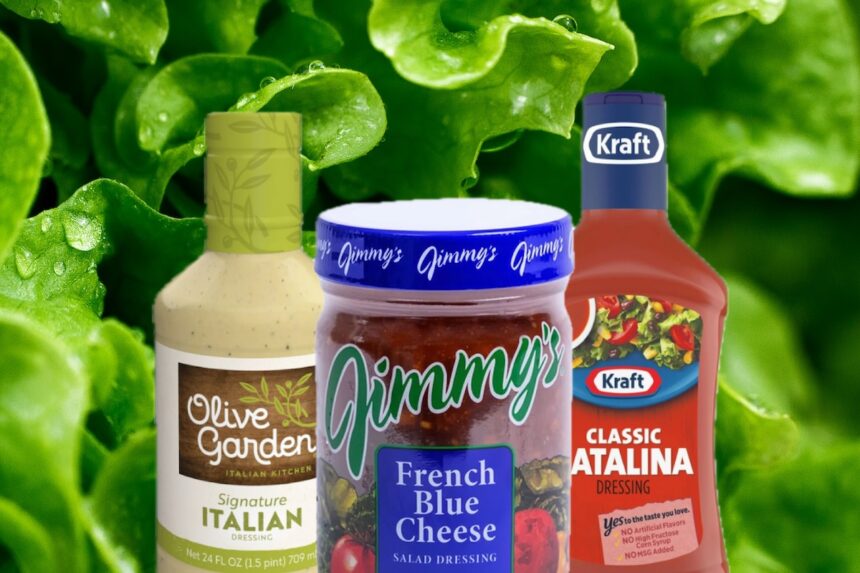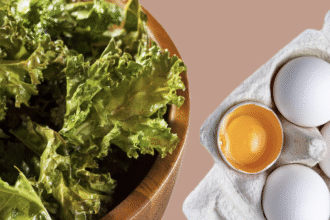Evaluating Salad Dressings: Health Risks and Recommendations
A great dressing can elevate your salad, but the wrong choice can jeopardize its health benefits. According to Lauren Manaker, a registered dietitian based in Charleston, many commercial dressings are rife with added sugars, unhealthy fats, and excessive sodium.
Salads are often viewed as healthy choices, but it’s alarmingly easy to turn one into a calorie-dense meal with just a few tablespoons of dressing. Before choosing a dressing at the store, consider these factors:
Saturated Fat
Saturated fats are commonly found in salad dressings. The American Heart Association recommends that individuals on a 2,000-calorie diet should limit their saturated fat intake to no more than 13 grams per day. Excessive consumption can lead to serious health issues, including high cholesterol and heart disease.
Sodium
Many store-bought dressings contain high levels of sodium for flavor enhancement. While this might be appealing, it poses risks to heart health. The American Heart Association states that the average American consumes about 3,500 mg of sodium daily, well above the recommended limit of 2,300 mg.
Sugar
Women should aim for no more than 6 teaspoons (approximately 100 calories) of added sugar daily, while men should not exceed 9 teaspoons (around 150 calories), according to the American Heart Association.
When shopping for salad dressings, here are additional tips from Manaker:
- Check the ingredient list and nutrition label. Opt for dressings with minimal added sugars and healthy fats, such as olive or avocado oil, and avoid those with added sugars.
- Steer clear of dressings containing trans fats, excessive preservatives, or artificial flavors.
- Keep your overall meal in perspective. If your salad is packed with nutrient-rich vegetables, lean proteins, and whole grains, a small amount of a less healthy dressing is unlikely to negate its health benefits. Moderation and awareness are crucial.
Seven Unhealthiest Salad Dressings to Avoid
1. Jimmy’s Original Sweet and Sour Dressing
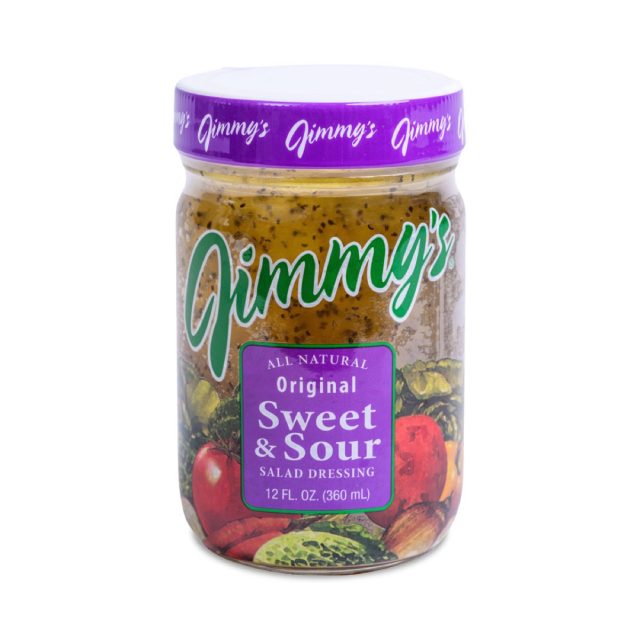
Nutritional Information (per serving, 2 tbsp): 130 Calories, 10g Fat (1.5g Saturated Fat), 160mg Sodium, 11g Carbs (0g Fiber, 11g Sugar), 0g Protein.
This dressing provides a tangy flavor that enhances salads, meat, and fish but contains a staggering 11 grams of added sugar. The American Heart Association advises limiting sugar intake for better health.
2. Olive Garden Signature Italian
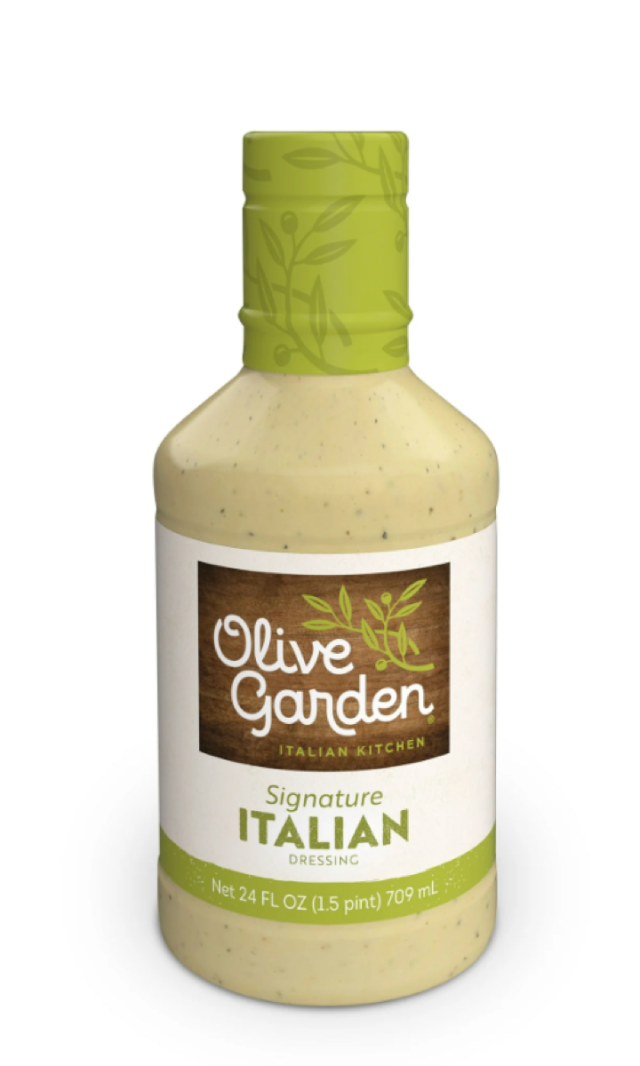
Nutritional Information (per serving, 2 tbsp): 80 Calories, 8g Fat (1.5g Saturated Fat), 540mg Sodium, 2g Carbs (0g Fiber, 2g Sugar), 0g Protein.
This dressing is creamy and flavorful but lacks the wholesome ingredients you might expect. Homemade oil and vinegar might be a healthier alternative.
3. Wish-Bone Creamy Caesar
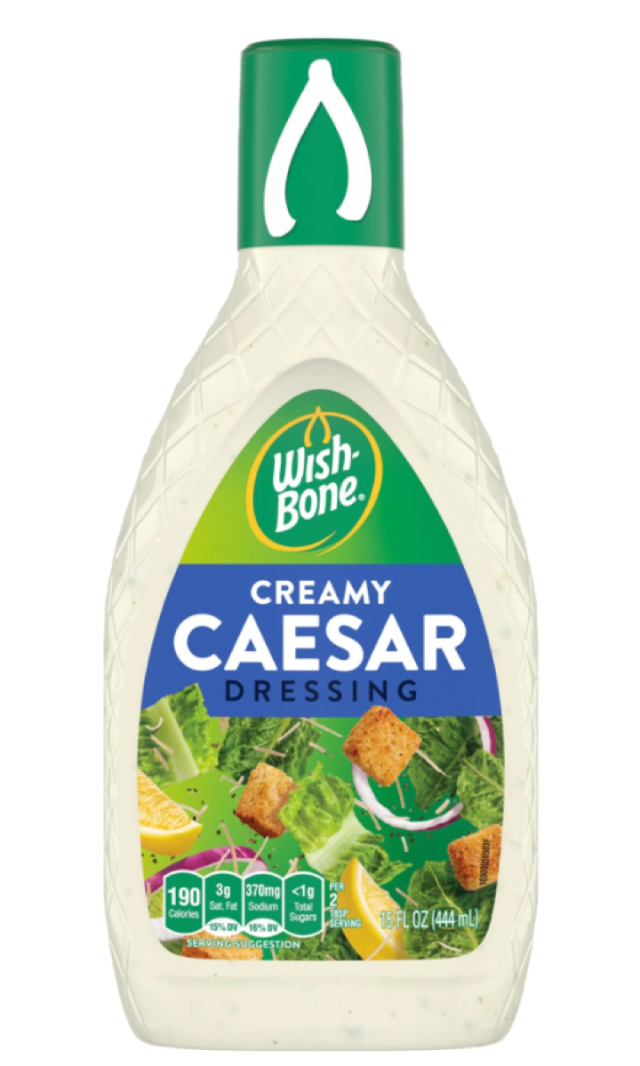
Nutritional Information (per serving, 2 tbsp): 100 Calories, 11g Fat (2g Saturated Fat), 280mg Sodium, 2g Carbs (0g Fiber, 0.5g Sugar), 0g Protein.
This dressing is rich in flavor yet riddled with processed ingredients, including inflammatory fats and artificial additives.
4. Marzetti Sweet Italian Dressing
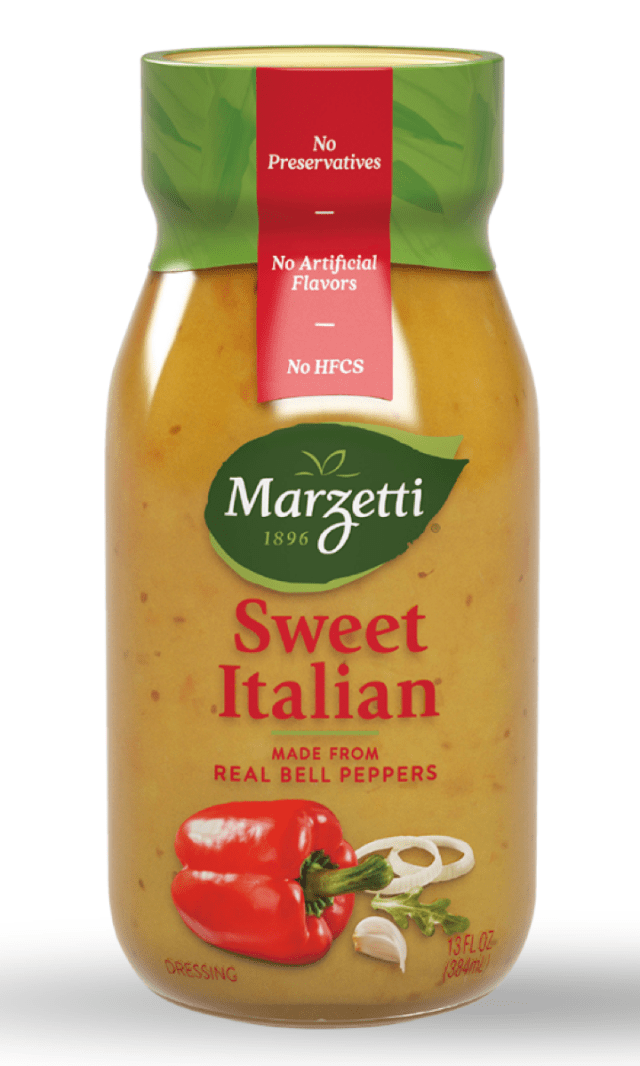
Nutritional Information (per serving, 2 tbsp): 140 Calories, 12g Fat (2g Saturated Fat), 260mg Sodium, 7g Carbs (0g Fiber, 7g Sugar), 0g Protein.
While marketed as free from artificial flavors, this dressing has significant amounts of inflammatory omega-6 fats and processed ingredients.
5. Kraft Classic Catalina Dressing
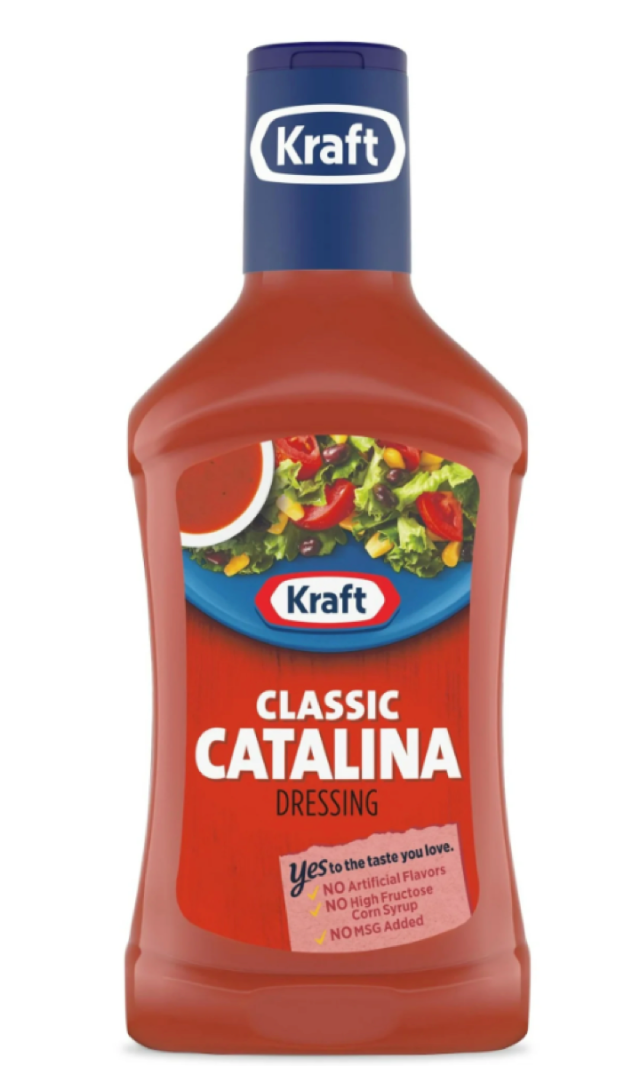
Nutritional Information (per serving, 2 tbsp): 90 Calories, 6g Fat (1g Saturated Fat), 320mg Sodium, 9g Carbs (0g Fiber, 8g Sugar), 0g Protein.
Though this dressing can enhance a salad, its sugar and oil base can make it detrimental to health.
6. Jimmy’s French Blue Cheese
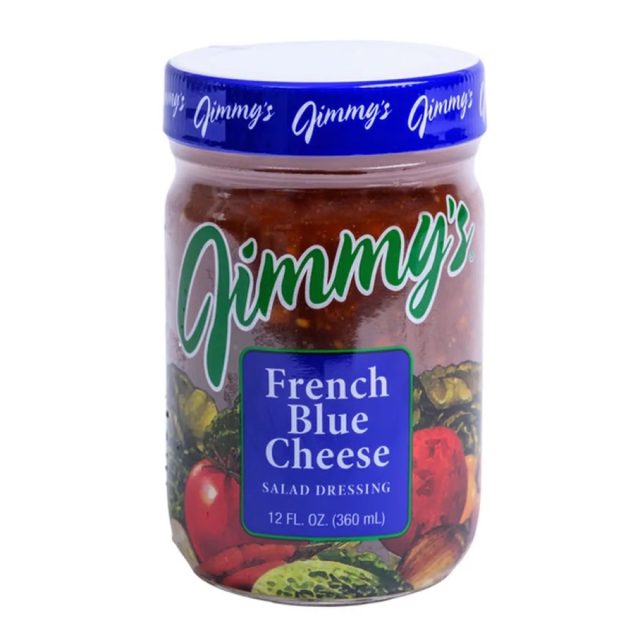
Nutritional Information (per serving, 2 tbsp): 130 Calories, 10g Fat (2g Saturated Fat), 230mg Sodium, 9g Carbs (0g Fiber, 8g Sugar), 1g Protein.
This dressing is made with high fructose corn syrup, which is linked to various health risks.
7. Ken’s Steakhouse Thousand Island
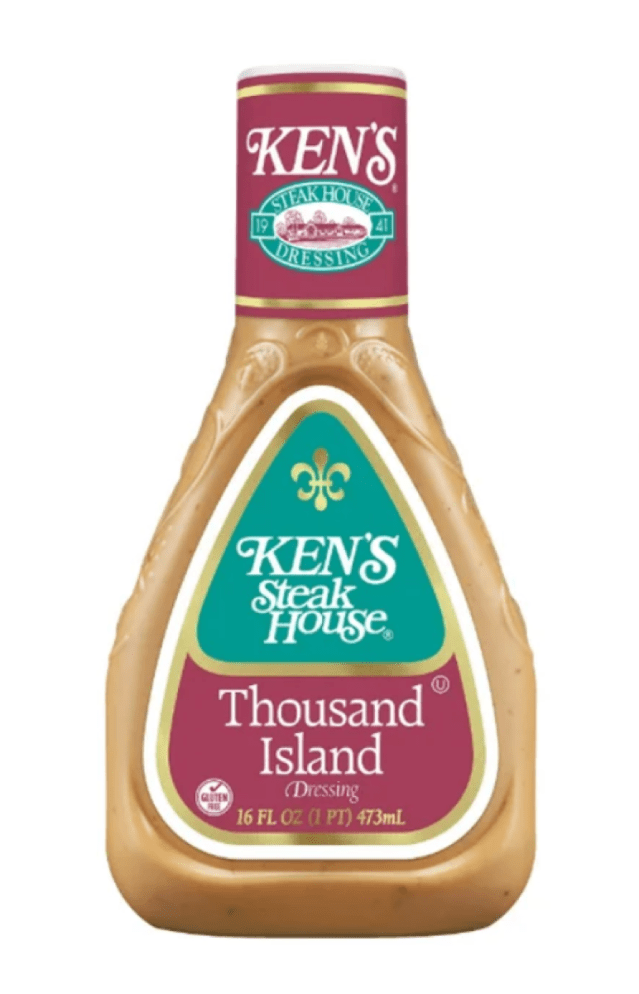
Nutritional Information (per serving, 2 tbsp): 140 Calories, 14g Fat (2g Saturated Fat), 240mg Sodium, 4g Carbs (0g Fiber, 4g Sugar), 0g Protein.
This dressing contains a mix of unhealthy additives and inflammatory oils that make it a poor choice.
FAQs
- 1. What are the health risks of consuming store-bought salad dressings?
- Many store-bought dressings contain high levels of added sugars, unhealthy fats, and excessive sodium, which can contribute to health problems such as heart disease and obesity.
- 2. How can I choose a healthier salad dressing?
- Look for dressings with minimal added sugars, healthy fats like olive or avocado oil, and avoid those with trans fats and preservatives.
- 3. What is the recommended daily intake of added sugar?
- The American Heart Association recommends that women consume no more than 6 teaspoons and men no more than 9 teaspoons of added sugar daily.
- 4. Can a small amount of unhealthy dressing ruin a healthy salad?
- If your salad is nutrient-dense, a moderate amount of less healthy dressing is unlikely to negate its benefits. Moderation is key.
- 5. Are there any natural alternatives to store-bought dressings?
- Homemade dressings made from simple ingredients such as oil, vinegar, and herbs can be much healthier alternatives to commercial options.
- 6. Why should I be cautious about sodium in dressings?
- High sodium intake is linked to increased blood pressure and heart disease; aim to keep daily consumption below the recommended 2,300 mg.
- 7. What should I look for on a dressing label?
- Check for a short ingredient list, minimal added sugars, healthy fats, and avoid artificial flavors and preservatives.


